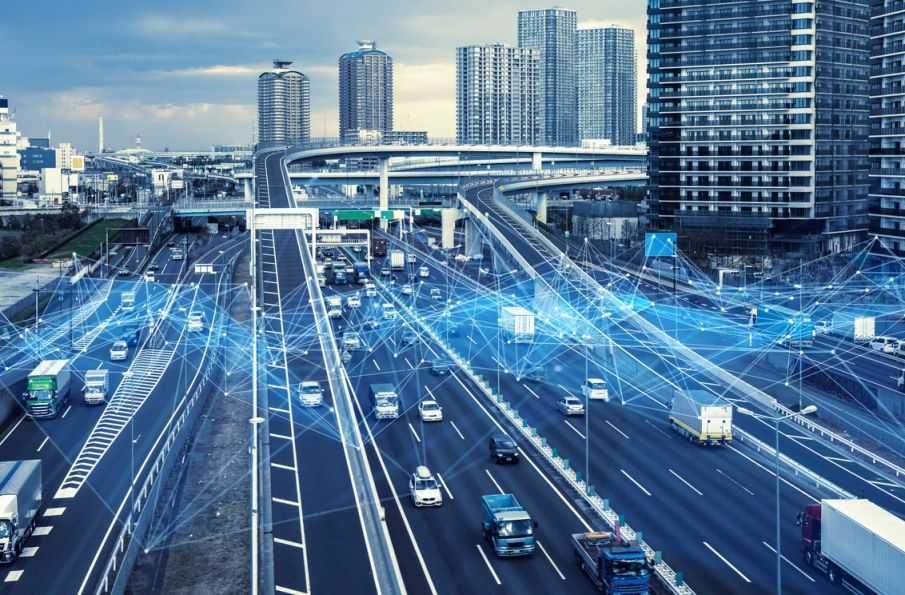5GAA feedback on the call for inputs on the impact of 5G on regulation from the BEREC

The 5G Automotive Association (5GAA) is a global, cross-industry organisation of more than 120 companies from the automotive, technology, and telecommunications industries (ICT), working together to develop end-to-end connectivity solutions for future mobility and transportation services.
5GAA welcomes the opportunity to give feedback on the call for inputs on the impact of 5G on regulation from the Body of European regulators for Electronic Communications (BEREC).
Following the assessment by the BEREC on the list of regulatory aspects impacted by the development of the 5G technology, 5GAA would take this opportunity to add potential missing regulatory aspects as well as to highlight 5GAA’s view on BEREC’s priorities for the coming three years.
-
- 5GAA considers the availability of spectrum for digital communications to be critical for road safety using 5.9 GHz ITS spectrum. It is therefore essential that any regulatory framework provides certainty to the industry to invest in today’s technology for Day 1 services as well as a robust roadmap for advanced safety (5GAA is currently working on a related Work Item on New Radio V2X).
- Beside the direct communication means in the 5.9 GHz band enabling V2V and V2I communication, 5GAA stresses the need for the development of mobile network coverage alongside the road network, and calls for the adoption of regulation which stimulates investments in mobile network coverage (5GAA is currently working on a related Work Item on Strategic Deployment Agenda), to enable the full range of capabilities provided by cellular V2X.
- 5GAA highlights the need for continuous coverage and seamless handover of 5G connectivity for vehicles crossing country borders in Europe. Further work is needed, notably in collaboration with standardisation bodies, to establish the right conditions to stimulate continuous coverage and seamless handover across borders. (5GAA is currently working on a Work Item on Network Selection for this very purpose). However, it should be noted that despite the importance of cross-border handover with 5G networks, given use of ITS spectrum, it is not a concern for the 5G sidelink case.
- 5GAA stresses the required investments into connected intelligent traffic infrastructures to assure safe and efficient mobility. Significant investments can be ensured by stimulating synergies of mobile network infrastructure and intelligent road infrastructure along with cohesive funding mechanisms (e.g. CEF Transport/Digital) (5GAA is currently working on a Work Item on Road Side Unit).
On this point, 5GAA would like to add that CEF transport needs to remain technological neutral while CEF Digital should be focused on Mobile Networks. - As road safety and automated driving are prominent example of Quality of Service needs, 5GAA calls for regulation which focuses on social benefits, outcomes and market adoption to position Europe as a global leader in the field. (e.g. enables prioritization of different service classes) (5GAA is currently working on a Work Item on this matter, Business Aspects of Network Slicing (BARNS)).
- 5GAA would like to draw attention to CCAM’s needs in terms of direct communications for critical road safety use cases as well as complementary network based communication and calls for the adoption of regulation which considers various ways of connectivity and keep regulation technology neutral.
- As CCAM goes beyond automotive sector, 5GAA would like to point that there is an opportunity to address the digital transformation of the transportation sectors by stimulating synergies with other transportation sectors (as pedestrians, bikes, motorcycles, esp. in urban environments, as well as rail and tolling).
The next years are crucial to set Europe at the forefront of the development of 5G and of Connected and Automated Mobility, to guarantee the safe and sustainable mobility of citizens while maintaining a global competitive edge in 5G development. Effective synergy between the development of the 5G ecosystem and European regulation is a precondition to ensuring that the benefits of 5G are indeed fulfilled.



